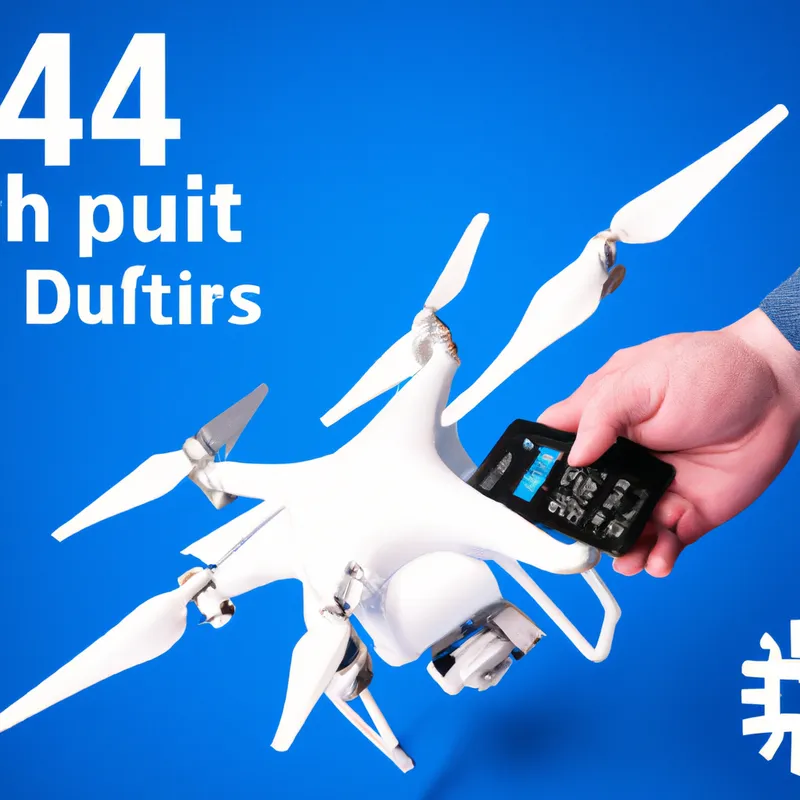Optimize Your Drone for Computer Vision Success
How to Choose the Right Drone for Computer Vision Applications
Drones revolutionize industries, particularly in computer vision applications. They assist in agriculture, surveying, search, and rescue, making them invaluable for data collection. Selecting the right drone can be challenging due to numerous options. This post highlights key factors for choosing a drone for computer vision.
Understand Your Requirements
Clarify your specific needs before reviewing specifications. Determine which tasks the drone will perform. Will you use it for mapping, inspection, or monitoring? Each application requires different features.
For surveying large areas, such as farmland, choose a drone with longer flight times and strong GPS. For detailed inspections, select a drone with high-resolution cameras and advanced imaging capabilities.
Create a list of your primary requirements based on your tasks. This list will guide your decision-making process.
Evaluate Camera Quality
Camera quality impacts computer vision application effectiveness. Look for drones with high-resolution cameras, ideally at least 12 megapixels (MP). Higher resolutions yield clearer images, enhancing analysis and decision-making.
Consider camera features like optical zoom and stabilization. Optical zoom enables detailed inspections from a safe distance. Stabilization ensures smooth footage, reducing motion blur. Advanced sensors, such as thermal or multispectral cameras, provide specialized data for agricultural or environmental applications.
Analyze Flight Time and Range
Flight time and range are critical in drone selection. Longer flight times allow for extensive coverage in one flight, beneficial for large assessments. Most consumer drones fly for 20 to 40 minutes, while some advanced models exceed an hour.
Consider the drone’s operational range. If you need to fly beyond visual line-of-sight, select a drone with greater connectivity range. This feature maintains control and ensures real-time data flow.
Factor in Software Compatibility
Choose a drone that integrates well with computer vision software. Many drones include proprietary software, but compatibility with third-party applications is essential for advanced analysis. Ensure the drone supports software tools like GIS or specialized imaging software.
Look for drones with built-in computer vision capabilities. Some models include AI features that enhance data processing. These features automate tasks like object detection and image recognition, saving time and improving accuracy.
Consider Payload Capacity
Payload capacity is vital when selecting a drone.
Conclusion
In summary, consider your requirements, camera quality, flight time, software compatibility, and payload capacity when choosing a drone.
Below are related products based on this post:
FAQ
What factors should I consider when choosing a drone for computer vision applications?
When selecting a drone for computer vision, consider your specific requirements, camera quality, flight time and range, software compatibility, and payload capacity. Clearly defining the tasks you need the drone to perform will help guide your decision.
Why is camera quality important for drones used in computer vision?
Camera quality is crucial because it affects the effectiveness of data collection and analysis. Look for drones with high-resolution cameras (at least 12 megapixels) and features like optical zoom and stabilization to enhance image clarity and reduce motion blur.
How does flight time and range influence drone performance?
Longer flight times allow for extensive coverage in a single flight, which is beneficial for large assessments. Additionally, a greater operational range ensures that you can maintain control and receive real-time data, especially if flying beyond the visual line-of-sight.















Post Comment